A realidade virtual (RV) está mudando a forma como as pessoas vivenciam ambientes digitais. Embora avanços impressionantes em RV sejam visíveis para os usuários, o verdadeiro poder por trás dessas inovações está em fortes bases tecnológicas. Uma estrutura sólida ajuda as empresas a escalar seus projetos de RV e fornecer experiências suaves e envolventes que cativem os usuários.
Como a infraestrutura estável oferece suporte ao desempenho de VR
Uma configuração técnica confiável forma a espinha dorsal de qualquer sistema de VR. Isso inclui hardware de alto desempenho, plataformas de software e suporte à nuvem. Os headsets de VR, por exemplo, precisam de processadores poderosos e telas de alta qualidade para exibir visuais realistas e acompanhar os movimentos do usuário.
Uma infraestrutura fraca pode causar atrasos, imagens borradas e baixa capacidade de resposta, tudo isso quebrando a imersão. Empresas que investem em servidores eficientes e sistemas rápidos de processamento de dados podem melhorar o desempenho de seus aplicativos de VR, o que leva a uma maior satisfação do usuário.
A tecnologia de nuvem também desempenha um grande papel no aprimoramento da RV. Com servidores baseados em nuvem, os desenvolvedores podem dar suporte a mais usuários sem precisar de atualizações locais constantes. Essa configuração facilita as atualizações, mantém as experiências atualizadas e reduz os custos de manutenção.
Por que as estruturas de software são essenciais para o desenvolvimento de VR
O software VR deve ser projetado para lidar com espaços 3D detalhados e responder rapidamente às interações do usuário. Motores de jogo, como Unity e Unreal Engine, tornaram-se ferramentas-chave para criar mundos VR porque ajudam os desenvolvedores a criar simulações realistas com sistemas avançados de renderização e física.
Esses mecanismos oferecem bibliotecas pré-construídas, ferramentas de renderização e recursos de física que aceleram o processo de desenvolvimento. Ferramentas de software personalizadas, como APIs e kits de desenvolvimento, também adicionam recursos exclusivos para projetos de VR específicos, sejam eles focados em jogos, educação ou treinamento virtual.
Ter uma estrutura de software flexível significa que os projetos de VR podem se adaptar facilmente a novas atualizações de hardware e software. Essa abordagem permite que as equipes de desenvolvimento melhorem suas criações sem precisar reconstruir tudo do zero.
Além disso, algumas empresas usam serviços de TI gerenciados para dar suporte às suas estruturas de software VR. Esses serviços ajudam a manter o desempenho do sistema, solucionar problemas e garantir atualizações de software confiáveis.
Como a conectividade confiável fortalece as experiências de RV
Uma experiência de VR suave depende de uma conexão de internet forte, especialmente para VR multijogador e sistemas baseados em nuvem. Internet de alta velocidade com atraso mínimo garante que ações e visuais permaneçam sincronizados, mantendo os usuários engajados.
Com o surgimento das redes 5G, conexões rápidas e estáveis estão se tornando mais acessíveis. Isso beneficia setores como reuniões virtuais, assistência médica remota e jogos online, onde interações ininterruptas são essenciais para a produtividade e o prazer.
A conectividade forte permite que as empresas usem ferramentas de VR para colaboração virtual. Teams em diferentes locais podem se reunir em espaços virtuais compartilhados e trabalhar juntos de forma eficaz. Uma conexão confiável torna essas interações perfeitas e produtivas, o que pode economizar tempo e reduzir custos de viagem.
Como os avanços de hardware melhoram a imersão
O hardware VR moderno, como headsets, controladores e sensores, faz com que os mundos virtuais pareçam mais realistas. Novos designs tornaram os dispositivos VR mais leves, confortáveis e responsivos.
Luvas hápticas e controladores adaptáveis, por exemplo, permitem que os usuários sintam texturas e feedback dentro de espaços virtuais. Sensores de movimento aprimorados permitem que os sistemas rastreiem os movimentos do corpo com mais precisão, o que faz com que as interações dentro de ambientes de VR pareçam mais naturais e envolventes.
No entanto, esses dispositivos avançados exigem forte suporte técnico. Os desenvolvedores devem garantir que os aplicativos de VR funcionem sem problemas com o hardware mais recente. Caso contrário, problemas de desempenho podem interromper a experiência imersiva e frustrar os usuários.
Como o gerenciamento eficaz de dados reduz a latência
Os sistemas VR processam grandes quantidades de dados em tempo real para gerar visuais detalhados e responder às ações dos usuários. O gerenciamento eficaz de dados mantém os sistemas responsivos e previne atrasos.
Atrasos, ou latência, acontecem quando há um atraso entre a ação de um usuário e a resposta do sistema. Alta latência pode causar tontura e quebrar a sensação de presença, fazendo com que os usuários se desliguem. Para reduzir atrasos, os sistemas de VR usam métodos como compressão de dados, edge computing e redes distribuídas.
A computação Edge processa dados mais próximos do usuário em vez de enviá-los para longas distâncias. Isso reduz os tempos de resposta e melhora o desempenho geral, especialmente para aplicativos que precisam de feedback rápido e respostas em tempo real.
Como o design centrado no usuário melhora a acessibilidade da RV
Uma base técnica forte deve focar em tornar a VR acessível e fácil de usar. Os desenvolvedores precisam criar interfaces simples, tempos de configuração mais curtos e dispositivos que funcionem bem com diferentes sistemas.
Recursos amigáveis ao usuário, como controles ajustáveis e configurações visuais personalizáveis, permitem que mais pessoas aproveitem a RV, independentemente de suas habilidades físicas ou conhecimento técnico. Isso torna os aplicativos de RV mais inclusivos e ajuda a atingir um público mais amplo.
Por exemplo, plataformas educacionais de VR usam navegação fácil e visuais claros para que os alunos possam se concentrar no aprendizado. Programas de treinamento de VR para profissionais usam controles diretos para ajudar os usuários a completar tarefas sem confusão.
Por que a segurança e a privacidade dos dados são essenciais na RV
As plataformas de RV coletam grandes quantidades de dados do usuário, como padrões de movimento, entradas de voz e informações biométricas. A proteção desses dados é essencial para garantindo a privacidade do usuário e manter a confiança do usuário.

Fortes medidas de segurança, como criptografia e métodos de login seguros, ajudam a evitar acesso não autorizado. Atualizações regulares do sistema também mantêm os sistemas VR protegidos contra novas ameaças que podem surgir.
As empresas também devem ser transparentes sobre suas políticas de dados e dar aos usuários controle sobre suas informações. Fornecer opções claras de privacidade cria confiança e encoraja os usuários a continuar usando ferramentas de VR, sabendo que seus dados estão seguros.
Como as ferramentas de RV revolucionam a colaboração
Ferramentas de realidade virtual mudaram a maneira como as equipes colaboram. Espaços de reunião de VR, quadros interativos e espaços de trabalho digitais compartilhados permitem que as equipes discutam ideias e criem juntas em tempo real.
Para dar suporte a esses recursos, as plataformas de VR precisam funcionar bem com ferramentas de software existentes, como aplicativos de gerenciamento de projetos e sistemas de armazenamento em nuvem. Isso melhora os fluxos de trabalho e torna a colaboração em VR mais eficaz e eficiente.
Empresas de arquitetura, por exemplo, usam VR para apresentar tours virtuais de designs para que os clientes possam experimentar seus projetos antes do início da construção. Essa interação imersiva acelera a tomada de decisões e aumenta a satisfação do cliente ao tornar as revisões de design mais interativas e envolventes.
Como a tecnologia forte Foundations promove a inovação em RV
Uma base técnica sólida permite que as empresas continuem melhorando e expandindo as capacidades de VR. Empresas que investem em infraestrutura estável, software confiável e hardware amigável ao usuário permanecem à frente em um mercado competitivo e evitam ficar para trás em inovação.
Quando as empresas se concentram em construir bases tecnológicas sólidas, elas podem se adaptar às mudanças na tecnologia e atender às necessidades dos usuários com confiança. Essa abordagem as ajuda a desenvolver soluções inovadoras Aplicações VR para imóveis, entretenimento, treinamento, educação e muito mais.
Por exemplo, provedores de assistência médica usam VR para simulações de treinamento que preparam equipes médicas para procedimentos da vida real. Essas aplicações exigem precisão técnica e design amigável para serem eficazes.
Fundações tecnológicas fortes impulsionam a inovação em VR, garantindo experiências mais suaves e envolventes. Hardware otimizado, infraestrutura confiável e software inovador permitem que as empresas criem aplicativos cativantes, desbloqueando o potencial da VR em educação, colaboração e entretenimento.

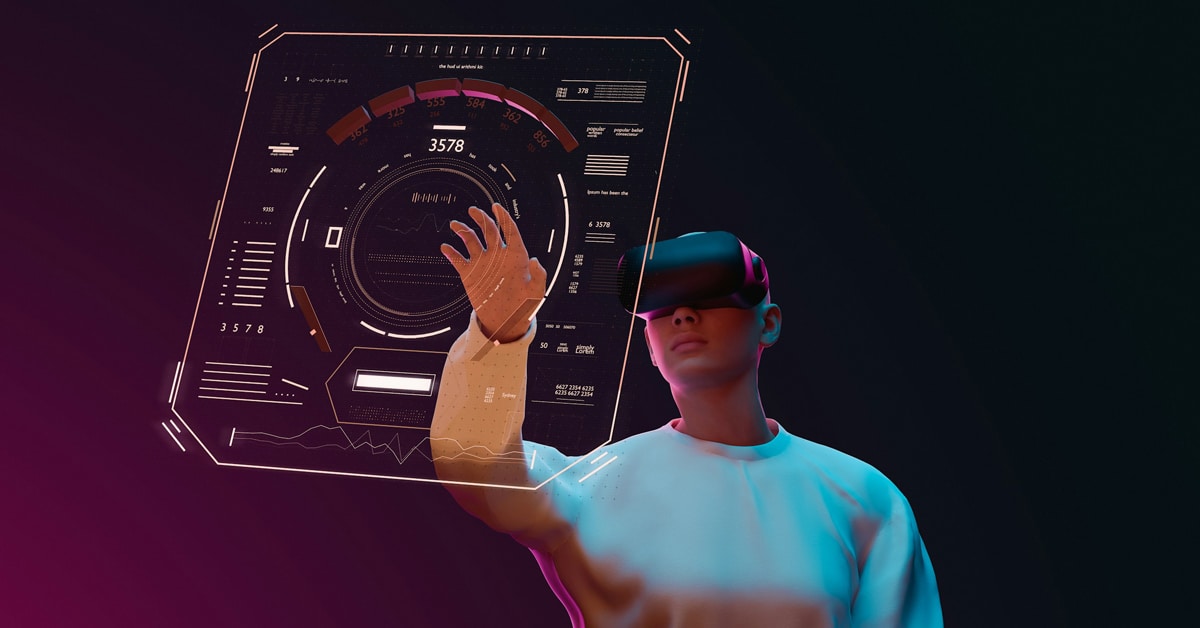
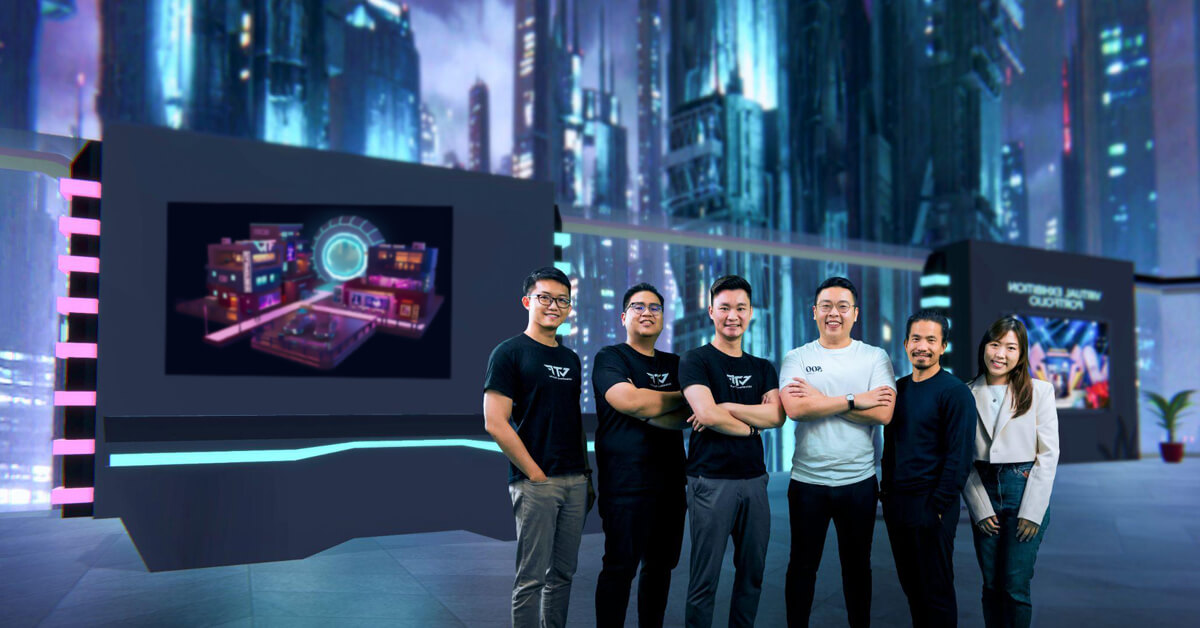

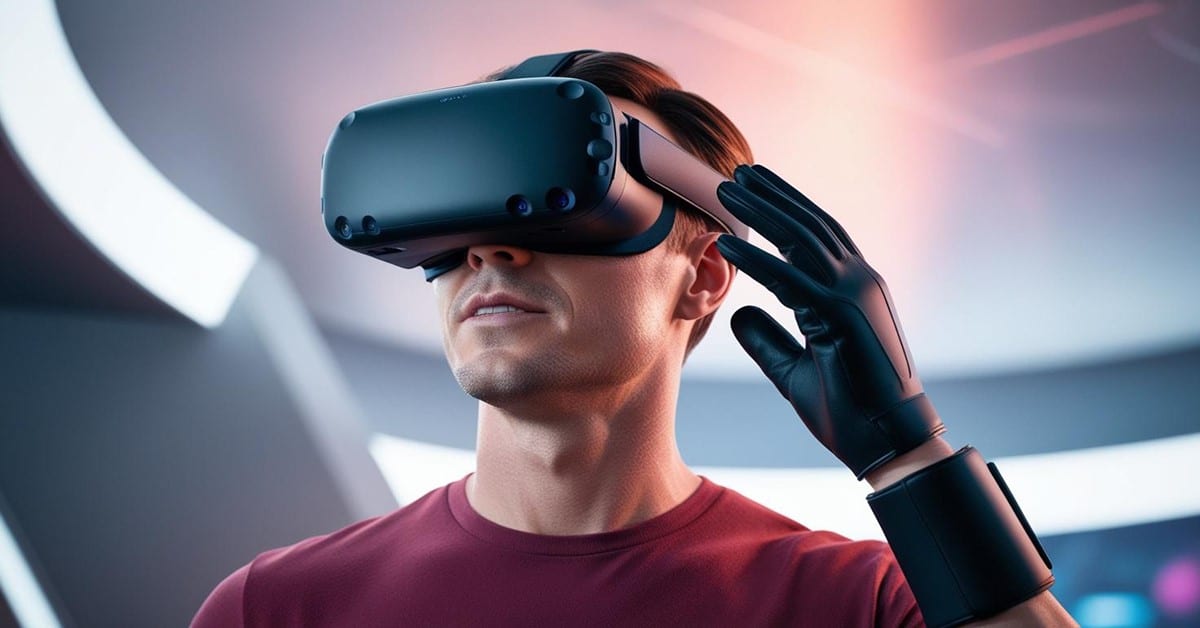

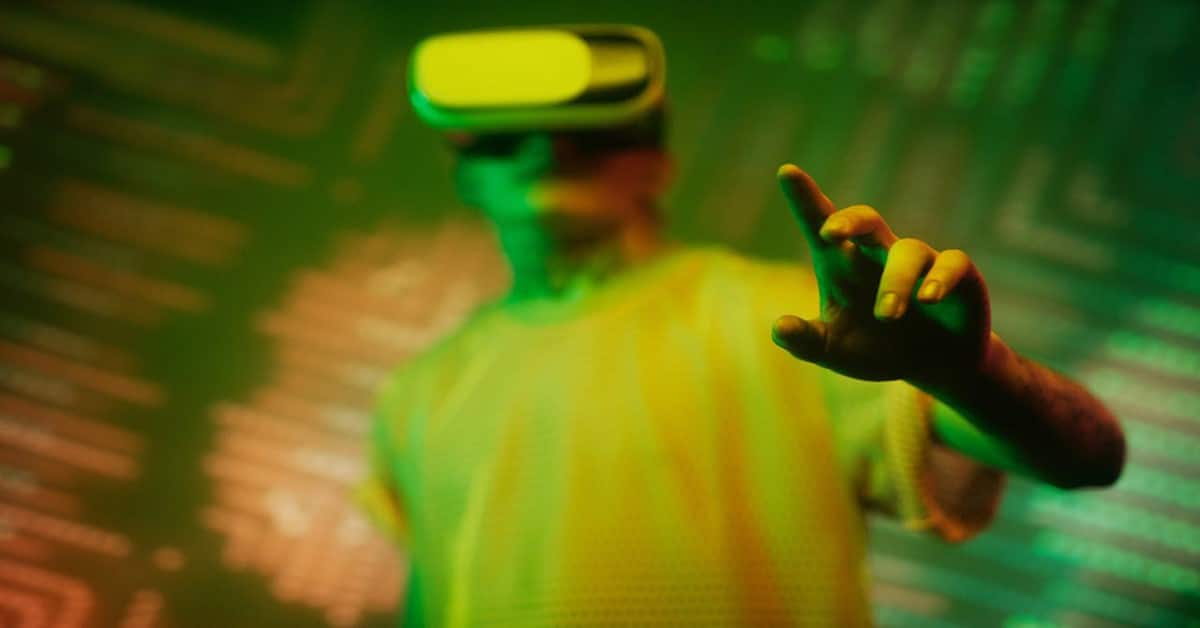
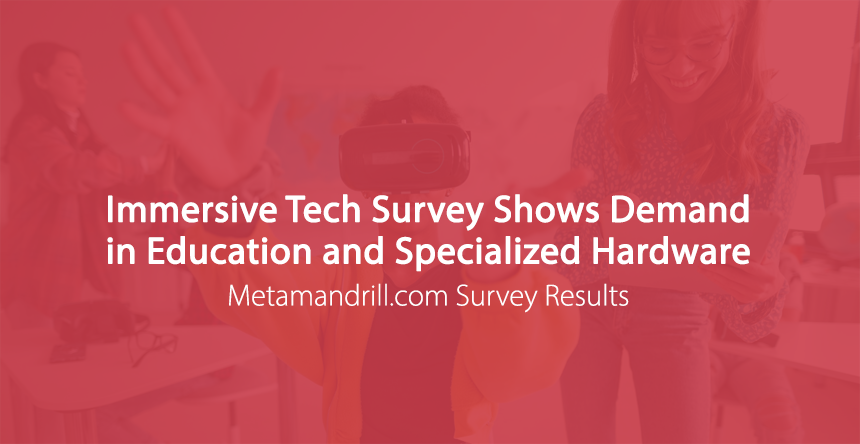

Leave A Comment